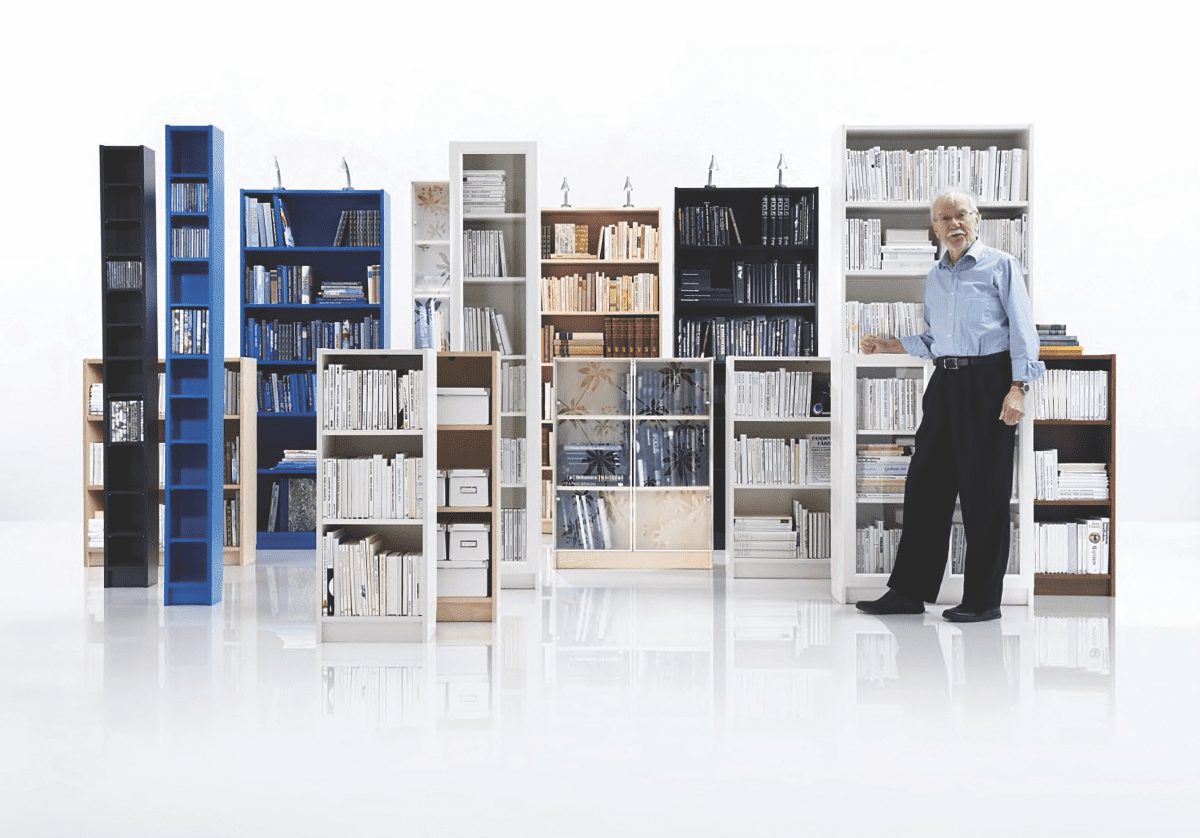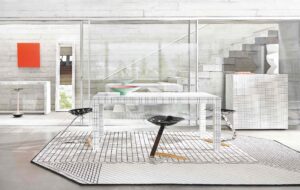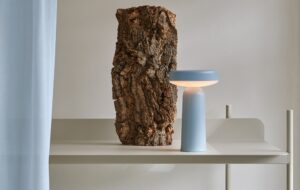
Ikea’s most famous son turns 40 this year and, despite challenging storage trends, his classic looks are still in demand
When it comes to global reach, there are very few brands that can compete with Ikea. Always evidently Swedish – from the product names to the Scandi simplicity – the brand now reaches around the world, with its latest moves into Bahrain and India.
Across the retailer’s 61 years, many of its pieces have become ubiquitous, seen in homes from Germany to Japan. But if there’s an item that’s become more of an Ikea furniture staple than most, it’s Billy, the simple bookcase.
Ikea’s classic shelving celebrates its 40th birthday this year, making it one of the oldest products in its range and one of the very few that’s a permanent staple. (Others worthy of that title include parts of the Malm bedroom range and the unassuming Toftbo – a £5.50 bath mat.)
Despite the huge growth of ebooks, audiobooks and podcasts over the past two
decades, books – and the storage to hold them – have held their own, with sales of physical books rising in the UK every year for the past four years.
And demand for the Billy bookcase is more than keeping pace, with sales in the UK of 300,000 so far this year, outpacing the average annual figure of 530,000. Globally, the Billy range sold 6.5 million units last year, with Germany and the United States proving the biggest enthusiasts for the unassuming shelving range.
The simple design has been credited to Gillis Lundgren, Ikea’s fourth ever employee and its first design manager, who also popularised the flatpack furniture concept and designed the Ikea logo.
On Billy’s 30th birthday, Lundgren, who died in 2016, said: “I’m particularly happy that Billy has made it possible for so many people to build their own little library. In the old days, books were quite uncommon in most homes. These days, everyone has books, which is as it should be.”
According to Ikea lore, Lundgren created the Billy on the back of a napkin, but product developer Börje Lindgren, who worked on the Billy range throughout the 1990s and 00s, says that the true story is a little more complicated, involving the evolution of two previous shelving units, the Regal and Tiga, and some clever measurements from a worker at an Ikea factory.
Part of Billy’s success is down to its use of materials – its original 80cm back panel came about because it was the most efficient use of the chipboard it was made from. “It was more mathematics than design to get it to fit,” Lindgren said, when OnOffice visited Ikea’s headquarters in Älmhult, Sweden, back in April.
Even today, it continues to be a consistent measurement, whether halved or tripled in variations on the classic Billy form, of which 30,000 units are produced every day.
The evolution of the bookcase is evident in a quick glance at the Ikea website or catalogue, practically an icon in its own right. The company has a strict system in which each department is only allowed a certain number of designs or variants on a design, called article numbers.
This allows a turnaround of products from year to year, yet with staples like the Billy, it helps ensure consistency – but also prevents overwhelming the customer. When Ingvar Kamprad, the company’s founder, insisted in the 80s that it reduce the article numbers of Billy from 130 down to 80, sales went up, Lindgren explains.
Certain varieties will always be included – birch wood veneers are consistently the best selling in Sweden and Finland, while globally, the basic white Billy is the top seller. (In the UK, however, oak veneer is the most popular choice.)
At 40 though, Billy is getting its most striking shade yet – a bright yellow version of the shelving unit will be available to buy in the UK until the end of August, one of the first of a potential future of limited edition units in different shades and textures, including metallic and even mirrored.
The basic principles behind the shelving unit remain the same, even with the addition of doors, thinner units and new colours – all of Ikea’s range focuses on being suitable for ‘the many people’, and in the Billy’s case that has meant an evolution beyond its original
aim of providing a home library at a low cost.
According to research carried out for Ikea by survey firm Censuswide, though 46% of Brits still use bookshelves to store books, there’s a growing trend for using shelving for display purposes. A culture being shaped by Instagram now has the #shelfie (currently tagged on 1.5 million photos on the social network at time of writing), and an almost competitive need to showcase objects – be they plants, photos, vases or teacups.
Glass-panelled doors were part of Ikea’s plan to tap into the showcase mindset, and these have become one of the fastest-growing parts of the range, while the yellow Billy was made for eye-catching photos.
Fully aware of the power of social media, the company has also launched a partner for Billy – the Bottna, a slanted mesh shelf which has been designed specifically for displaying items within the bookcase in almost scrapbook form.
Even as one of the oldest continually sold products in Ikea’s range, the Billy is still being reconfigured and reimagined, whether in new colours, textures or shapes, or with easy-to-screw in fittings, coming down the line in the next few years. They do say that life begins at 40.
Image courtesy of Ikea. As featured in OnOffice, June 2019




















